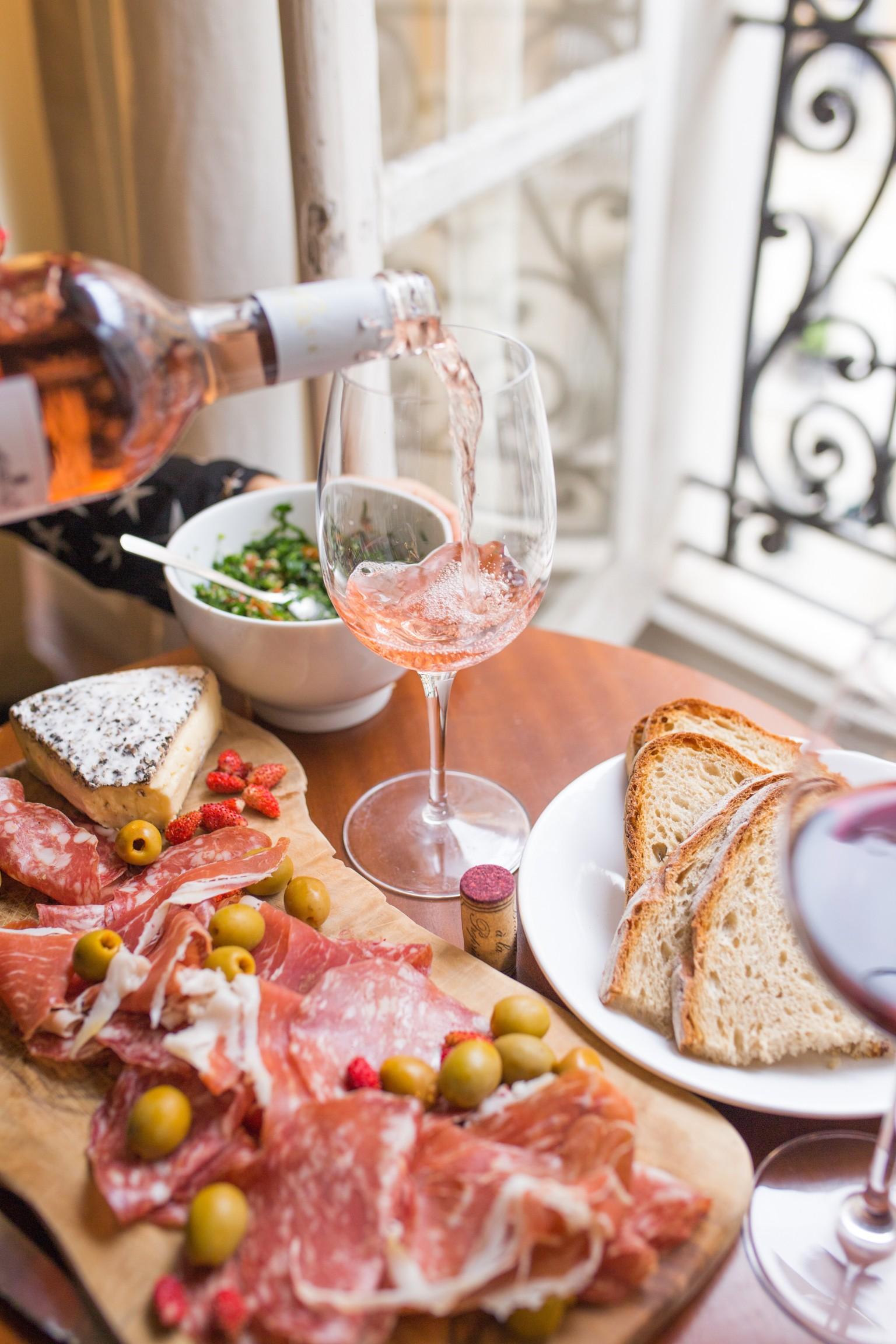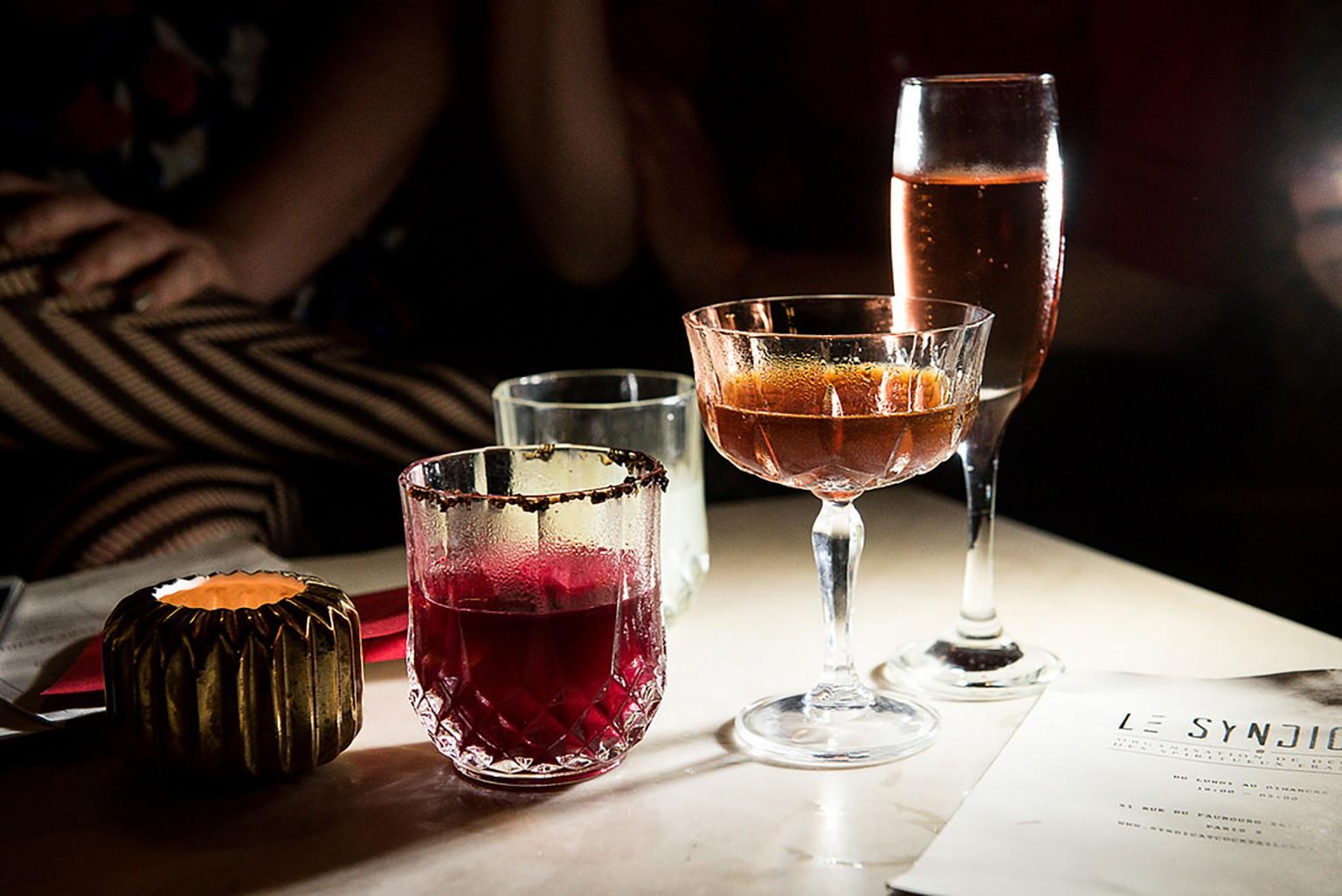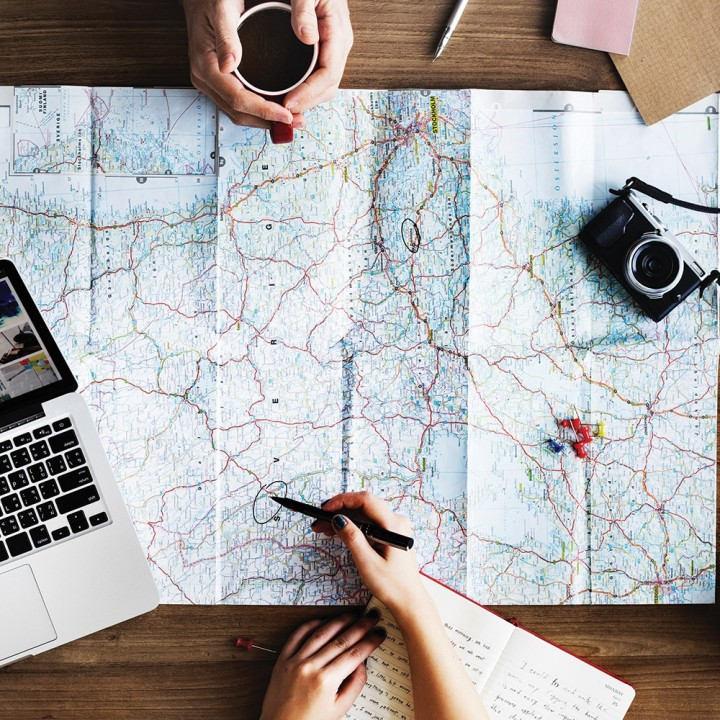“We can have our aperitifs anywhere—at home or in cafes,” says our host, Marianne Fabre-Lanvin, a communications executive specializing in French wine and tourism. “L’aperitif is about socializing as much as drinking. It’s a time to talk about law, about philosophy.”
As we debate the merits of French wine versus Spanish and Italian (note: exercise diplomacy when entering this discussion with a Parisian), I think of the longstanding dominance of wine culture in the city, where mixology as we know it Stateside is a somewhat recent fascination. Especially in proud Paris—where even Pastis, the anise-laced aperitif of choice in France’s southern jewel Marseille, is firmly rejected—wine is not an occasion, but rather a fact of everyday life. While the Parisian everyman may not be a sommelier-level wine expert, there’s an inherent, inherited understanding of grape varietal and regional terroir that most Americans would consider specialized knowledge.
To that end, going out for a glass of wine doesn’t necessarily mean hitting a fancy wine bar or white-tableclothed restaurant. Although the local cave is a great way to experience a special verre du vin, almost every casual cafe and corner bistro offers serviceable, day-to-night wine options that become quintessentially Parisian experiences when enjoyed sitting shoulder-to-shoulder with friends at a sidewalk terrace table (cigarette optional). “There’s more of a tactile tradition in Paris—we like to be close to each other,” explains Fabre-Lanvin. “The cafe becomes a little theater where you can watch people passing by. You don’t get this same type of terrace culture elsewhere.” And it was this vibrant practice, with a splash of absinthe, that captivated the literary greats of the Lost Generation—Fitzgerald, Hemingway, Stein—whose old standbys, like the famed
Café de Flore have become city institutions.
But while Parisians are sticklers for certain traditions, they’re also a creative, ever-reinventing bunch who position themselves at the forefront of trends, be they in fashion, art or wine. In recent years, a new kind of gastro-minded wine bar, the
cave à manger, has emerged, pairing vin with excellent small plates for
some of the best dining experiences in town. These wine-and-food hybrids—like the pioneering, seafood-focused L'Avant Comptoir—showcase the close relationship between French food and French wine, inspiring a trend of neo-bistro copycats in cities like New York (
The Four Horsemen) and London (
Terroir). France, led by Paris, has also become infatuated with biodynamic, natural wines, emphasizing organic farming, natural fermentation, and a terroir-driven production of wine—even when the wine isn’t French and the wine bar is run by an expat. Take, for example, Tim Johnston’s lauded wine bistro
Juveniles, now helmed by his daughter Margaux and her husband Romain, where you can sip and swirl a ruby red 2013 Separavi from Kakheti, Georgia, or cap off a hearty platter of haggis with dry sherry. And yes, there are even wines from California.









